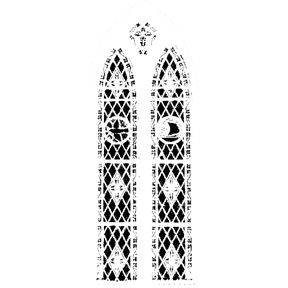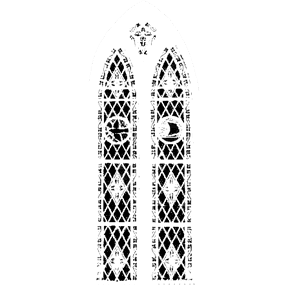Luke 9: 28-36 (37-43a) (Common English Bible)
What happened on the Mount of Transfiguration is beyond our understanding, but we know something tremendous occurred. Jesus had gone there to seek the approval of God for the decisive step he was about to take. On the Mount, both Moses and Elijah appeared to him. Moses was the great law-giver of the Hebrew people and Elijah was the greatest prophet among the Hebrews.
Luke has highlighted throughout this passage the way in which the Transfiguration was preparing Jesus for his mission to suffer, die and rise again. Moses and Elijah were also preparing Jesus for his final trip into Jerusalem.
The disciples were overwhelmed by the Transfiguration, but they miss the purpose of this manifestation. Peter thought it would be great to keep Moses, Elijah and Jesus around forever. But they were unable to understand how it was with God’s chosen Human One. Jesus would end his human life on a very different mount, a hill of execution just outside of Jerusalem.
Often we take these stories and look for some rational explanation or we make it a supernatural event about Jesus that could never happen during our lives. Either way we sometimes close our eyes and fall asleep to the beauty of God that is all around us. This story doesn’t need to be understood, it needs to be lived as something miraculous.
Luke does not explain the Transfiguration, but neither will he let us be naive about it. The spiritual experience of the Transfiguration exists just like the evil around us.
When Jesus came down from the Mount he saw a boy possessed by that evil. Whether it was a demon or epilepsy that infected this boy, it’s hard to say. His father told Jesus a demon mauls his son and the boy shrieks, convulses and foams at the mouth. His life has been distorted and disfigured. The boy’s life has been separated from the original beauty of his creation and lost his touch with the truest and most authentic self.
The beauty however cannot be lost. That is what Jesus knows and demonstrates with his healing of the boy. Jesus refuses to let the appearance of evil have the last word. Even within the distorted and disfigured life of the boy, Jesus sees beauty.
This story of the Transfiguration is mentioned in the Synoptic Gospels, Matthew, Mark and Luke. It is one of the most important events in Jesus’ life. The Eastern Orthodox Church in their tradition call it a metamorphosis due to the Greek word for “transfigured.”
The Transfiguration experience shows Jesus’ importance and reaffirms his purpose on earth. This is the significance of a spiritual mountain experience many people throughout the Bible have encountered. It could also be called a mystical experience.
The Transfiguration story raises more questions than answers. Perhaps the best way to understand it is through mysticism. Like many spiritual experiences even today, it offers a glimpse of the divine which can change hearts and minds.
The Eucharist we are about to observe, is a form of mysticism. Some churches say it is just a memorial to Jesus’ death. The other extreme is that the bread and wine literally turns into the physical body of Jesus and his blood. But there is a middle ground which most Presbyterian Churches believe. That being, a spiritual or even a mystical presence happens within the bread and wine after it has been blessed. And that is what sustains us.
Karl Rahner was considered one of the most influential Catholic theologians of the 20th century. And he said these important words that I’m going to quote, “The Christian of the future will be a mystic or he will not exist at all.”
AMEN


